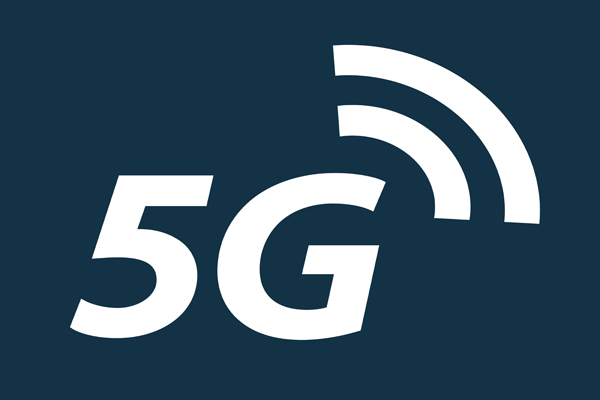Users "can use 4G, never use 5G" Why is 5G difficult to please now?

Speaking of 5G, it is estimated that no one is unaware of it now. With the rapid development of 5G construction, many people have already used 5G mobile phones.

What is interesting is that in actual use, many users will never connect to 5G if they can use the 4G network. What's going on here? Is 5G, which is faster than 4G, not loved by users now?
Judging from the popularity of 5G, the three major operators have basically achieved continuous coverage of 5G networks in townships and above across the country. And mobile phone manufacturers have also turned the vast majority of mobile phones on the market into 5G mobile phones.
Of course, there are a lot of 5G users now. According to the May operation data released by the three major operators, the number of 5G package users of the three major operators has approached 900 million. The total number of mobile network users of the three major operators has reached 1.6 billion. This means that nearly half of domestic mobile phone users have actually used 5G.
According to common sense, since the scale of networks, terminals, and users have all reached the standard of popularization, there should be quite a lot of users using 5G networks.
However, in daily life, apart from a few users, more users often do not perceive the existence of 5G at all. Many users not only don’t use 5G, they don’t even know what 5G can do. Instead, they complain that 5G packages are expensive. Therefore, as long as 4G can be used, 5G will never be used, and 4G tariff plans will not be changed to 5G plans.
This situation has indeed surprised many people inside and outside the industry.
In fact, in the editor's opinion, the reason why 5G is not popular now may be caused by the two problems of few applications and high tariffs.
Don't look at the fact that nearly 900 million users are using 5G now, but if you really want to ask these users what 5G can do, and what is the difference between 5G and 4G, it is estimated that most users don't know. Probably the only thing that can be said is "faster internet".
This is actually the problem that there are few 5G applications at present, and 5G applications for individual users are basically invisible.
In contrast to 4G, the biggest boost to the rapid popularization of 4G after the commercial use of 4G is precisely some "popular" applications in the field of personal applications.
For example, WeChat, Alipay, Meituan and other "popular" applications in the social, shopping, entertainment, and travel fields, which are familiar to everyone and are almost inseparable, were actually born in the 4G era.
These "popular" applications have not only become a booster for users to be willing to use 4G, but also an accelerator to promote changes in the production and lifestyle of the entire society. It is precisely under the catalysis of these "popular" applications that 4G has become something that everyone cannot do without, and it has also expanded 4G to all aspects of society, economy and life.
But what about 5G now? There are only some applications in the to B (government and enterprise market) field for vertical industries, and many commercial results have been achieved, but they are still far from the public.
In this way, under the constraints of the lack of "popular" applications, despite the fact that 5G network signal coverage is quite wide and there are many 5G users, the actual application scenarios of 5G are actually narrow.
It is precisely because the presence and experience of 5G in users is too low, many consumers feel that 5G networks are not better than 4G networks to use there.
It's not easy to use, but 5G is much more expensive than 4G.
In the middle and late 4G era, due to the mature network construction, the large number of users, and the price competition of the three major operators in order to grab users, the price of 4G tariff packages on the market has fallen to the "cabbage price" level. At the same time, there are various "cheap" tariffs such as low monthly rental fees, large directional traffic, and even directional free flow, unlimited tariffs, and so on. This can make the majority of users very happy.
However, the current 5G tariffs are much more expensive than the already "extremely cheap" 4G tariffs.
Even if you include the newly released radio and television, the current 5G package prices launched by the four major operators are all starting at 100 yuan/month. The 5G traffic in the package is not a lot, and the 5G directional large traffic, directional free traffic and other discounts are also very few.
At present, mass users can experience the opportunity of 5G network speed, but they can only download large files, videos, applications and other less usage scenarios. However, the reason for the high price of tariffs and data traffic has caused users to either use 4G or WiFi.
Compared with 4G, higher tariffs and traffic fees limit users' interest in using 5G to a certain extent.
In the eyes of users, 5G, which is useless and expensive, will naturally not be "scented", and it will not be used if it can be used.
Now, after 5G has become usable, allowing users to use it and want to use it will be the key point in determining whether 5G will be fully popularized. The full popularization of 5G also requires the joint efforts of the entire industry chain to achieve.
So, are you using a 5G phone now? How many opportunities do you have to use the 5G network?